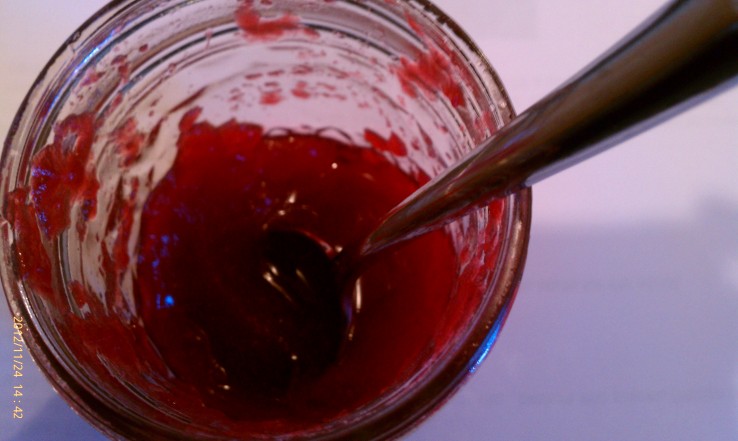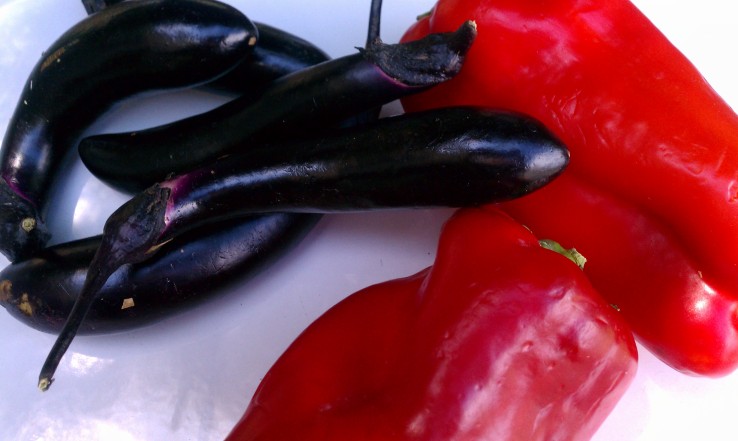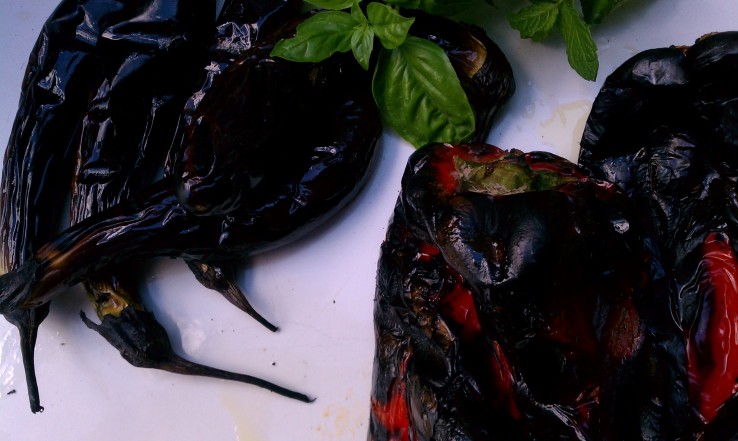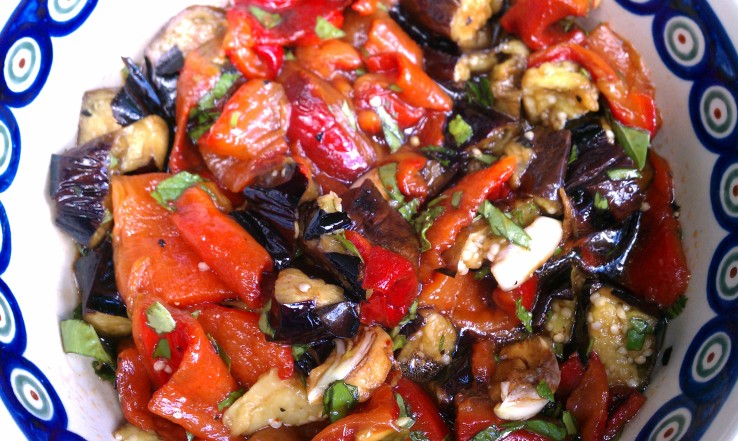This is an older post that was never published. My children are both in their twenties–but the recipes hold up… so there!
Everyone I know–including myself–seems to have some food allergy or intolerance or special health or dietary need. Or violent and inexplicable dislike. This can make it challenging to prepare anyone a meal, much less a celebratory one. A dear friend is having a birthday and I wanted to make a special menu, but she doesn’t eat meat. Another guest is diabetic, another has difficulty swallowing (making him highly compatible with a meat-free menu). I am lactose intolerant, which further limits the possibilities.
Add in two picky teenagers, and you have a recipe for applesauce.
Or you can have the menu I came up with.
A butternut squash soup to start is smooth and rich. Fresh winter squash of all sorts is piled high in every market at this time of year. White beans with pasta makes a substantial entree, with a side of garlicky Swiss chard. For dessert, apple pie (see Birthday Pie, an earlier post). The squash soup was from Fields of Greens, a longtime citizen of my cookbook shelf. I ordinarily make a curried squash soup, but it didn’t really work with the beans, which have a Mediterranean flavor. The beans (also “confit” but truly so, as they are baked in olive oil), were adapted from Food Network’s Michael Chiarello. The chard is not even a recipe, more of a technique.
An immersion blender is a great tool, and one I use almost daily for everything from pureeing soup to grating cheese to grinding nuts. This version has a few spiffy attachments that I use all the time, especially the mini chopper. In fact, mine has gotten so much action, I burned out the motor making this meal.
Butternut Squash Soup
From Fields of Greens by Annie Somerville
3 cups vegetable stock (made with two onions, sliced; four garlic cloves; two carrots, sliced; one potato, diced; two celery stalks, sliced; ten whole black peppercorns; two bay leaves; and five sprigs parsley. Water to cover.)
1 tablespoon olive oil
1 yellow onion, thinly sliced (about 2 cups)
3 tablespoons Calvados
6 cups butternut squash, peeled, seeded and cut into large cubes
1 tablespoon unsalted butter
2 Macintosh apples peeled, cored, and sliced (about 2 1/2 cups)
½ cup apple juice
Start your vegetable stock before you do anything else. It makes more than you need, so plan to freeze the remainder for another recipe.
In a 8-quart stock pot, heat the olive oil and add the onions. Salt and pepper to taste. Cover the pot, loser the heat to medium, and let the onions soften, about 15 minutes. Remove the lid, add 2 tablespoons of the Calvados, and turn up the heat to medium high, but watch so the onions don’t burn–and stir often. You want the onions nice and caramelized, which can take a mind-numbingly long time. Maybe another half-hour. While waiting, Peel and cube the squash and make the apple confit.
Melt the butter in a medium-size saute pan and add the apples; saute over medium-high heat, stirring to coat with the butter. Add the remaining Calvados and cook until the pan is almost dry. Add the apple juice, cover the pan, and cook over medium heat for 15-20 minutes, until soft; cook, uncovered, for 8-10 minutes to reduce the liquid. Mash the apples, making sure the confit retains some texture. Like I said, it’s basically applesauce, but with booze.
By now, your onions should be caramelized and you can add the squash and about a teaspoon of salt. Add just enough stock to barely cover the squash. Cover the pot and cook over medium heat for 20-30 minutes, until the veetables are very soft.
Puree the soup with an immersion blender. Add a little more stock if it seems too thick (mine was perfect). Stir half the apples into the soup. Return the soup to the stove and cook over low heat for 30 minutes to further develop the flavors–and your guests are ready to eat. Top each bowl with a spoonful of the apples.
Cannellini beans with orecchiette pasta
Adapted from Easy Entertaining with Michael Chiarello
1 1/4 cups extra-virgin olive oil
12 cloves garlic, peeled and lightly crushed with the flat of a knife
3/4 cup tomato puree (Luigi Vitelli)
1 tablespoon chopped fresh thyme leaves
1 tablespoon chopped fresh Italian (flat-leaf) parsley
1/4 teaspoon crushed red pepper flakes
4 cans cannellini beans, with their liquid
1 cup cherry or grape, halved
Kosher salt to taste
8 cups hot, cooked orecchiette pasta
Heat a 4-quart dutch oven and add 1/4 cup of the olive oil. Add the garlic cloves and let them caramelize a little. Remove the pan from the heat and add the tomato puree very carefully as it will splatter a LOT. Add the herbs and crushed red pepper flakes. Add the beans and bean liquid. Sprinkle the tomatoes over the top and season with salt. Pour the additional cup of oil over the top and bake in the oven, uncovered, at 300 degrees for 60 minutes. Serve over hot pasta.
And the Apple Pie recipe. I added one tablespoon of the Calvados to the apples, which was nice.
This went over well with everybody except the picky kids. They did eat the pie, though. All of it.
Which just goes to show that there is no accounting for tastes in food and friends.



![IMAG0534[1]](https://upsidedowncookbook.files.wordpress.com/2012/11/imag05341.jpg?w=739)


